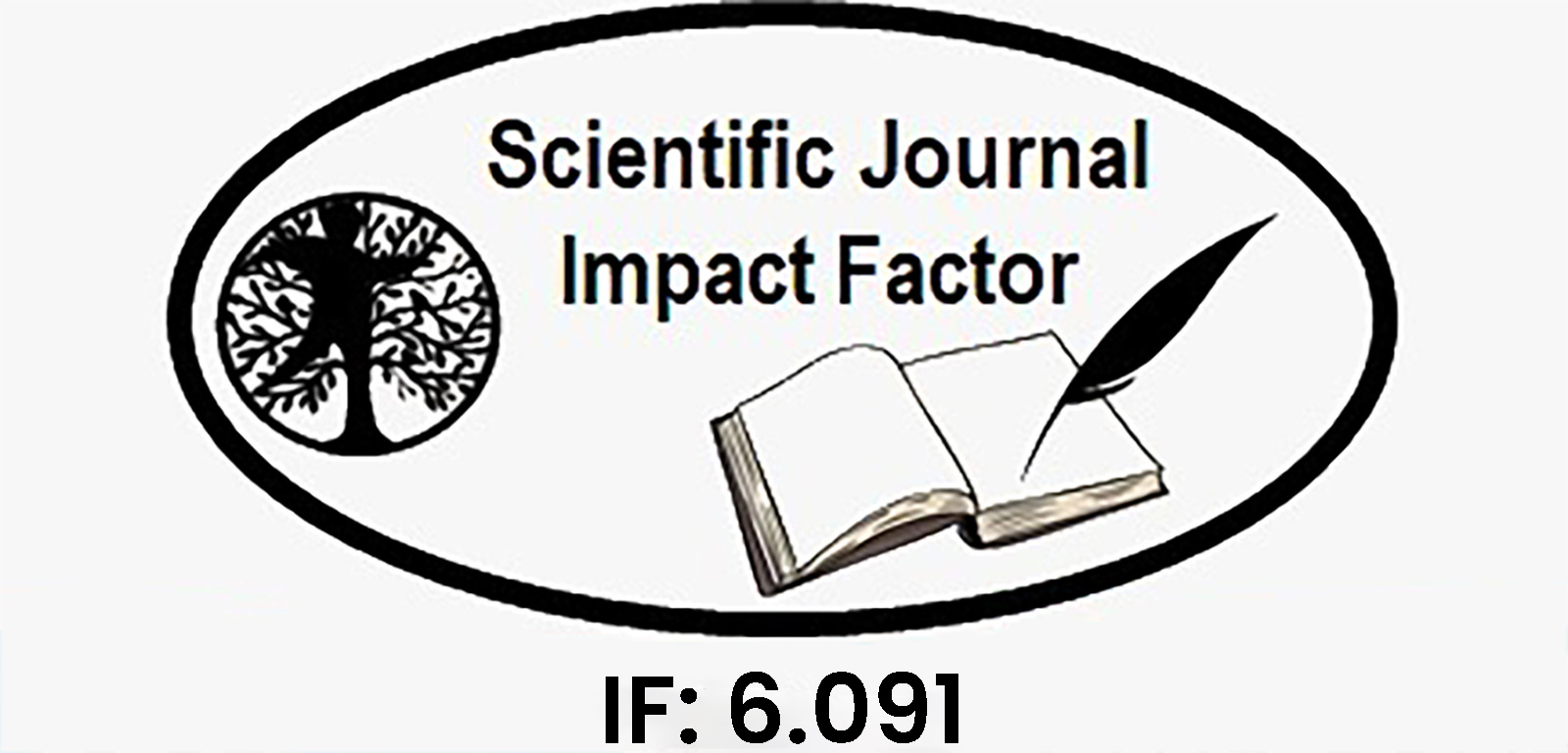Fusions of Deep Learning Techniques for Monitoring Vehicle-Based Traffic Abnormalities
Keywords:
Images, driving, aberrant driving, convolutional networks, rtificial intelligence.Abstract
In order to ensure the safety of drivers and passengers in vehicles, as well as a necessary first step toward fully automated driving, video- based anomalous driving behaviour identification is becoming more popular. This tough identification job may be greatly helped by the notable generalisation potential of advanced deep learning models as well as the vast quantities of video clips that are essential for completely training these data-driven deep learning models New deep learning-based fusion models, inspired by the widely discussed densely connected convolutional network (DenseNet), are presented in this research to tackle the difficult issue of detecting anomalous driving behaviour from video. WGD, WGRD, and AWRDN are the names given to these three novel deep learning-based fusion models, which are all based on the concept of wide group densely (WGD) networks. When developing its DenseNet-based model structure, WGD takes significant deep learning model challenges, such as depth, breadth, and cardinality, into account. Remaining networks with superpositions of preceding levels is an essential concept in the WGRD and AWGRD since they are more complex. Three new models' efficacy is being tested with a slew of trials. In this video-based aberrant driving behaviour detection investigation, a comprehensive comparison of various prominent deep learning models revealed their superiority.
Downloads
Downloads
Published
Issue
Section
License

This work is licensed under a Creative Commons Attribution-NonCommercial-NoDerivatives 4.0 International License.
















